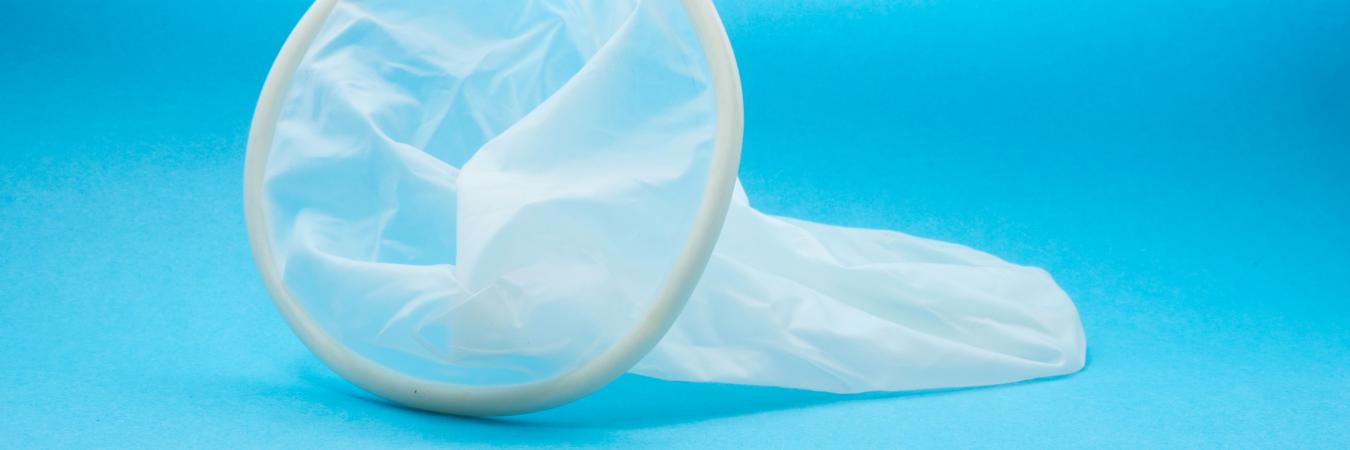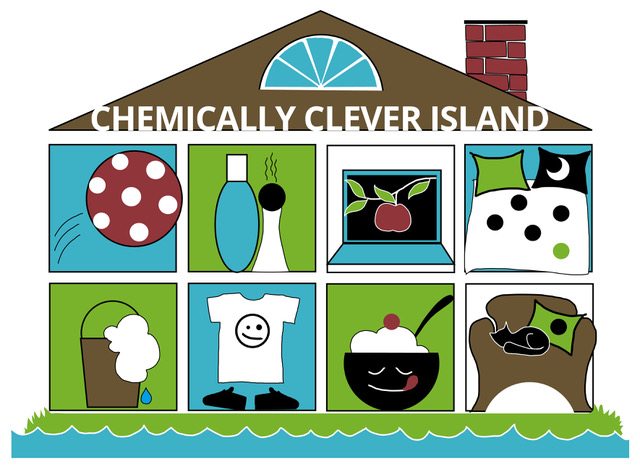The condom's not so supersexy chemistry

The oldest known condom is documented on a 3000 year old imaging from Egypt. Since then, people have tested some different stuff. Rubber from cedar. Leather. Silk dipped in oil. Sheep intestines. When Charles Goodyear successfully made rubber more elastic with the help of sulfur, the modern condom was born. In the middle of the 19th century it cost almost a days pay for a worker. Today, the rubber is cheaper - but what is it made of?
Use your nose! If the stuff smell, taste or glow in the dark… it is due to chemicals which you might not want to use where the skin is at its thinnest.
The verb condere means cover or protect in Latin. A condom is a container. And of course, one does not want to give the condom a bad reputation. It not only protects against unwanted pregnancies, but also against venereal diseases. But… as mentioned earlier: Use your nose! If the stuff smell, taste or glow in the dark… it is due to chemicals which you might not want to use where the skin is at its thinnest.
Possible additives in condoms:
- Artificial substances for smell and taste which will hide the smell of rubber but which could cause allergic reactions.
- Anesthetic, for instance benzocaine, which is also used in painkillers and which will reduce the sensitivity of the man but which on the purchase could cause skin irritations and disrupt the lust.
- Sperm killing substances, often nonoxynol-9 (which is also an ingredient in sperm killing ointments). Nonoxynol-9 not only kills the sperms but as well skin cells in the genitalia which, in the long run, could increase the susceptibility to both urinary infections and sexually transmitted diseases.
- Parabens are used for their ability to hinder growth of bacteria but are also endocrine disruptive. They are forbidden in products manufactured within the EU, but could show up in imported products and products abroad.
The smell and “feeling” of the condoms vary depending on the method of production. The RFSU, which provides 85% of the Swedish market, sells both latex condoms (natural rubber) and plastic condoms (polyurethane manufactured from crude oil chemicals - not environmentally friendly, but an alternative for natural rubber allergic individuals). Natural rubber sounds good, but sadly enough the rubber industry is often a dirty story where the manufacturers of condoms buy their raw material from rubber tree plantations contributing to deforestation and lousy working conditions.
It is common that condoms are made smooth by using casein, a milk protein (good to know for vegans and milk allergic individuals). Glycerin too, is used as a lube. It could transform to sugar in the body and cause fungal infections for the woman. The lube used for the RFSU condoms though, is only pharmacologically clean silicone oil. The powder on the rubber most often constitutes corn starch, but could contain preservatives.
20 million condoms are sold each year
In Finland, as well as in Sweden, about 20 million condoms are sold each year. The condoms are made in Japan and other countries in Asia, and are repackaged and equipped with a label locally. They are to be approved of by a European agency and thereby get a CE-label, which shows a medical-technical standard (ISO 10993). They should be storable and not have holes, and they cannot be poisonous, irritant or cause allergies. The CE-label could be a bit arbitrary though, depending on what agency has approved of the product. Finally, we should pay attention to how our bodies react. Turnoff odor, itching or other inconveniences should be taken seriously: test a different label!
Feel free to invest in organic condoms manufactured by 100% natural latex, without additives and produced according to Fairtrade-standards (google “organic condoms”). Overall, choose your bed mates carefully! Sex toys made from plastic could, among other things, contain soaring levels of endocrine disruptive phthalates. Also avoid lube substances which are based on fossil oil or contain artificial substances for smell, taste or coloring. There are more natural and mild alternatives. Healthy mucous membranes is a good start…
